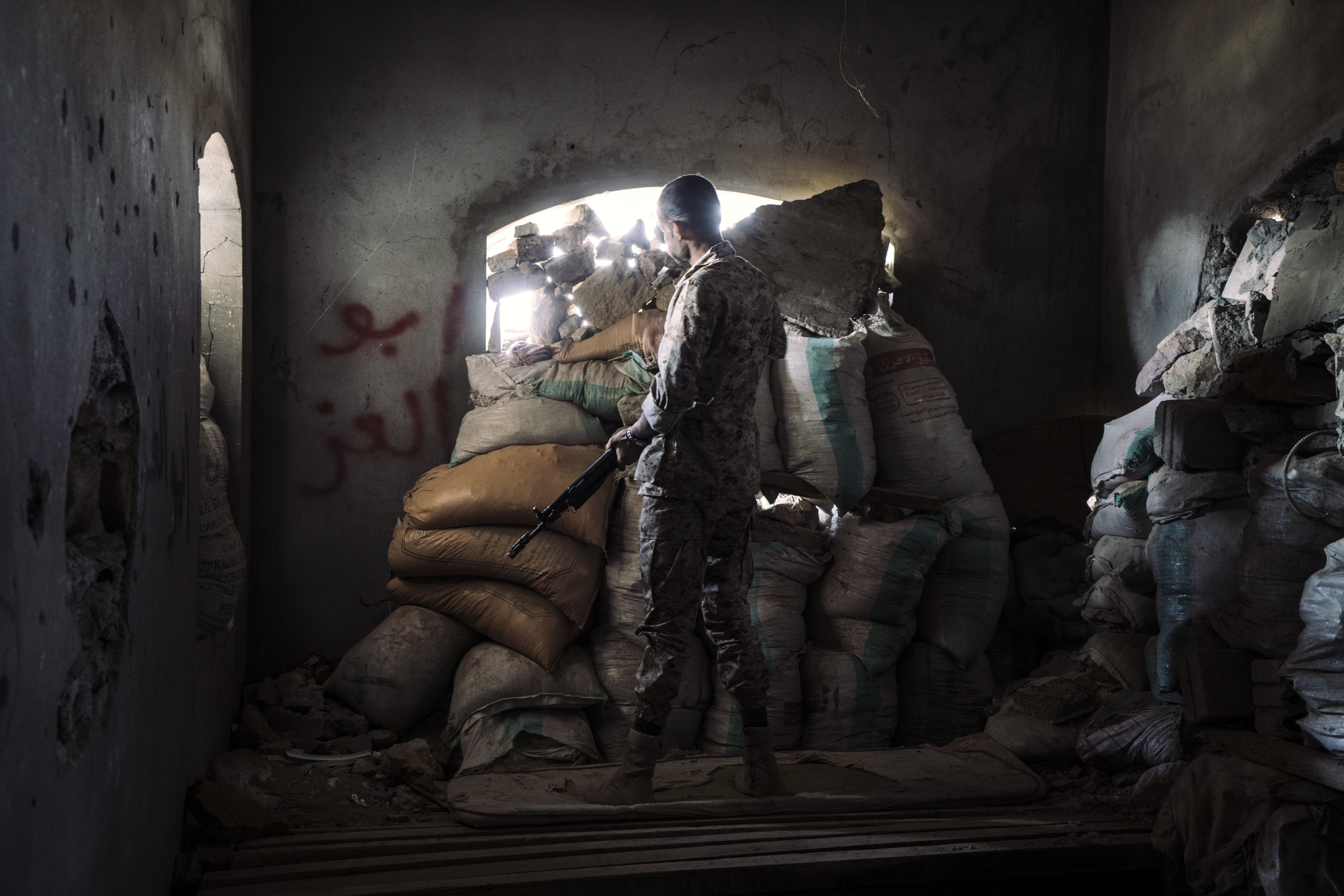The World Press Photo Foundation has just unveiled the impressive shortlist for the two awards of its 2019 Photo Contest.
The World Press Photo Foundation brings us more photography inspiration with its introduction of this year’s nominees for its Photo Contest. If you’d like to get more insights on what makes a photograph memorable, unique, and relevant to today’s pressing issues, this announcement is worth checking out.
Now on its 62nd edition, the World Press Photo Contest garnered 78,801 images from 4,738 photographers from 129 countries. A jury comprised of leading photography professionals shortlisted 43 nominees from 25 countries: Australia, Belgium, Brazil, Canada, Czech Republic, Egypt, France, Germany, Hungary, Iran, Italy, Mexico, Netherlands, Norway, Philippines, Portugal, Russia, South Africa, Spain, Sweden, Syria, Turkey, United Kingdom, United States, and Venezuela. This roster has 14 women photographers, or 32% of the nominees, which is a significant increase compared to last year’s 12%.
The World Press Photo Foundation also added a new major award to this year’s Photo Contest: the World Press Photo Story of the Year. On par with the World Press Photo of the Year, it gives recognition to the skilled and creative photographer who was able to highlight or represent an issue of great journalistic importance in 2018 through a story with excellent editing and sequencing.
The World Press Photo Story of the Year nominees are: are: The Lake Chad Crisis by Marco Gualazzini (Italy), shortlisted in the “Environment” category; The Migrant Caravan by Pieter Ten Hoopen (Netherlands/Sweden), in the “Spot News” category; and Yemen Crisis by Lorenzo Tugnoli (Italy), in the “General News” category.
The Lake Chad Crisis
© Marco Gualazzini, Contrasto
A humanitarian crisis is underway in the Chad Basin, caused by a complex combination of political conflict and environmental factors. Lake Chad—once one of Africa’s largest lakes and a lifeline to 40 million people—is experiencing massive desertification. As a result of unplanned irrigation, extended drought, deforestation and resource mismanagement, the size of the lake has decreased by 90 percent over the past 60 years. Traditional livelihoods such as fishing have withered, and water shortages are causing conflict between farmers and cattle herders. Jihadist group Boko Haram, which is active in the area, both benefits from the hardship and widespread hunger and contributes to it. The group uses local villages as a recruiting ground, and the protracted conflict has uprooted 2.5 million people, exacerbating food insecurity.
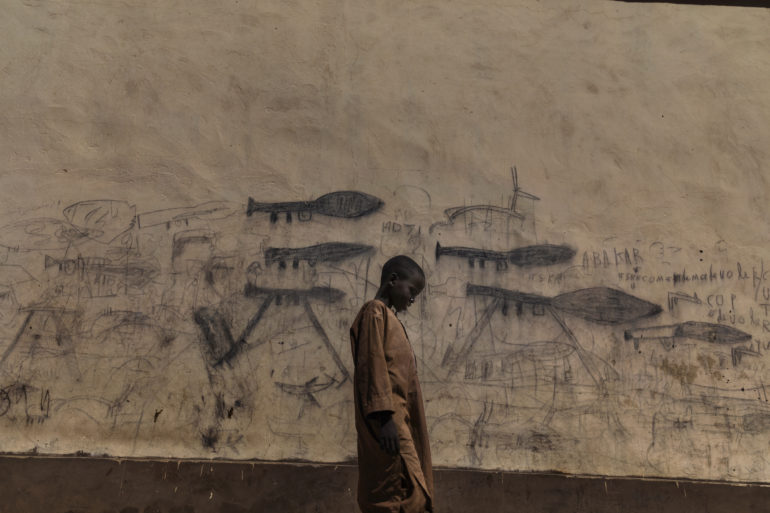
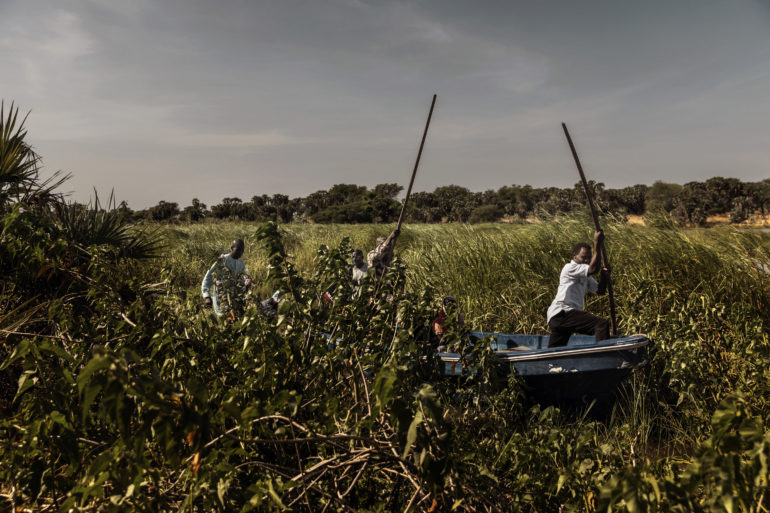
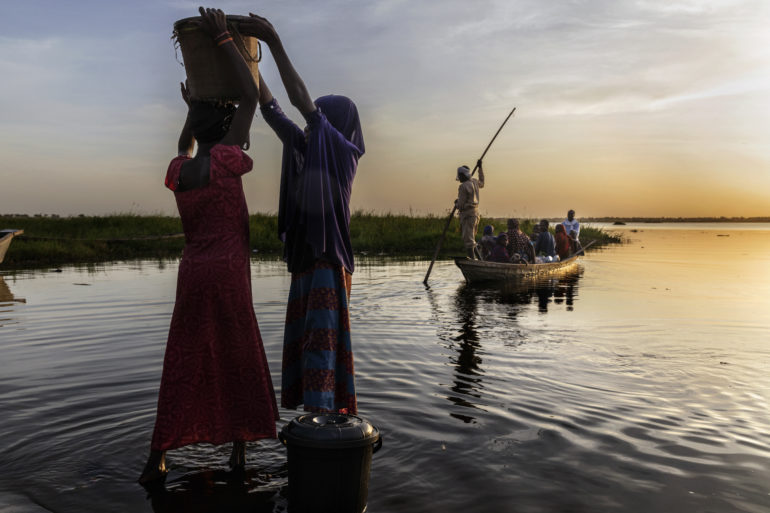
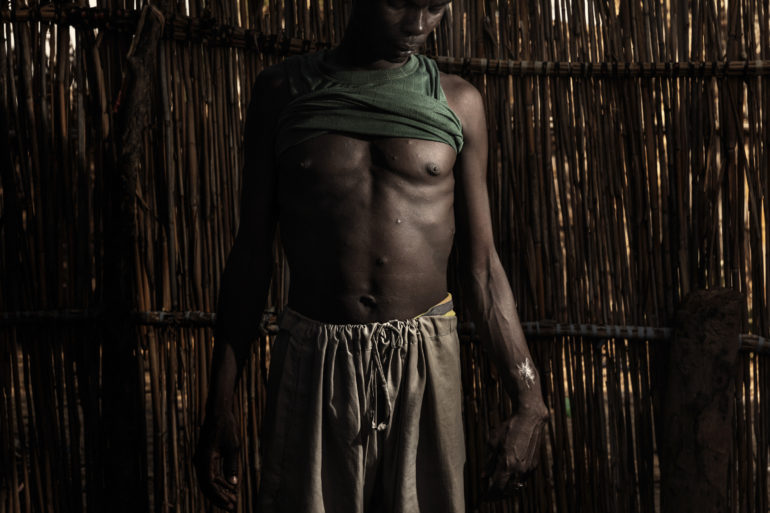
I asked him to pose for my pictures after I interview his wife who told me their story.
The Migrant Caravan
© Pieter Ten Hoopen, Agence Vu/Civilian Act
During October and November 2018, thousands of Central American refugees joined a caravan heading to the United States border. The caravan, assembled through a grassroots social media campaign, left San Pedro Sula, Honduras, on 12 October 2018, and as word spread drew people from Nicaragua, El Salvador and Guatemala. They were a mix of those facing political repression and violence, and those fleeing harsh economic conditions in the hope of a better life. Traveling in a caravan offered a degree of safety on a route where migrants have previously disappeared or been kidnapped, and was an alternative to paying high rates to people smugglers.
Migrant caravans travel to the US border at different times each year, but this was the largest in recent memory with as many as 7,000 travelers, including at least 2,300 children, according to UN agencies. Conditions along the way were grueling, with people walking around 30 km a day, often in temperatures above 30℃. The caravan usually set off at around 4am each day to avoid the heat. Like others, this caravan drew condemnation from US president Donald Trump, who made it a focal point of rallies and used it to reiterate his call for tough immigration policies and the building of a border wall.
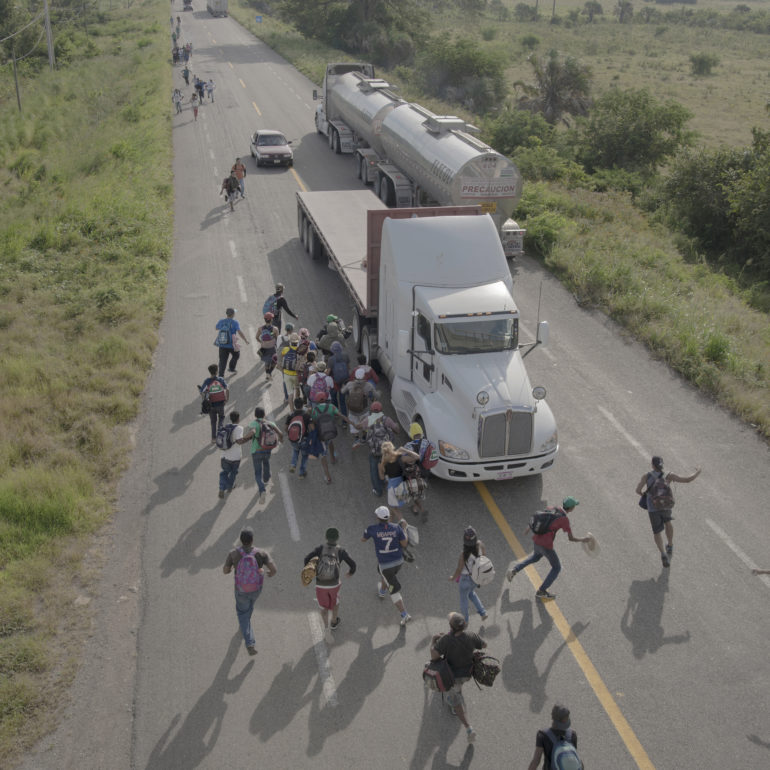
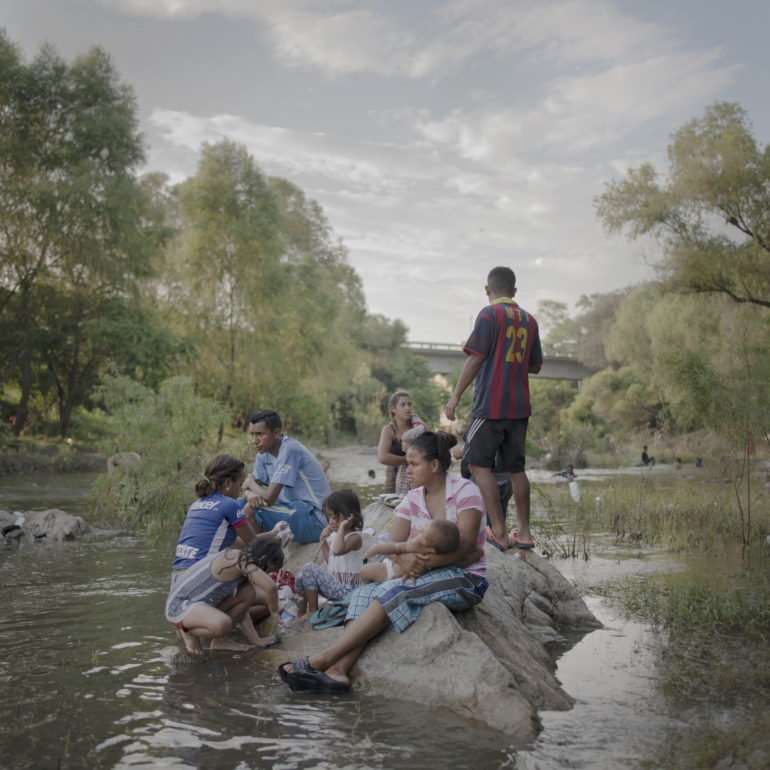
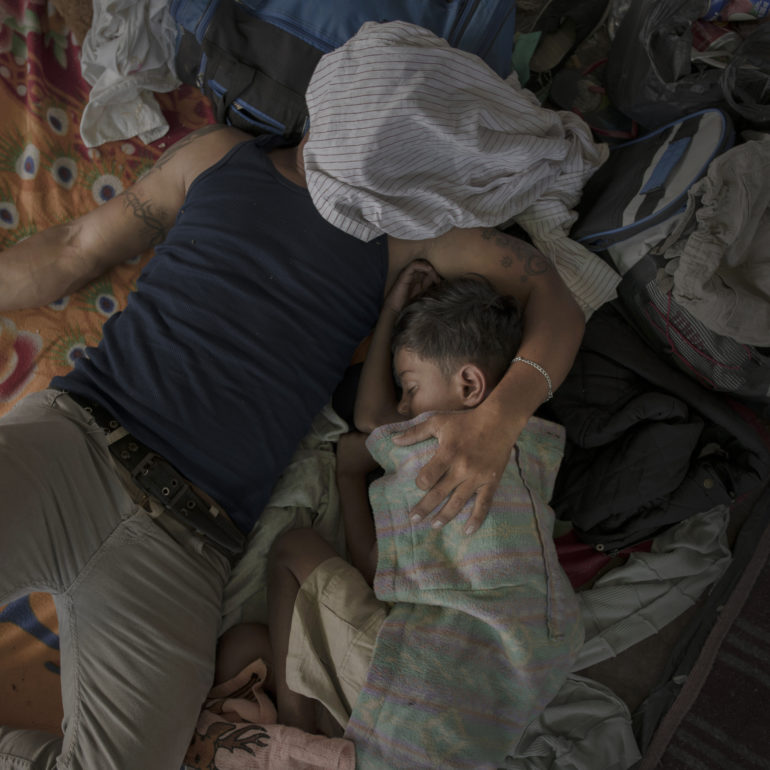
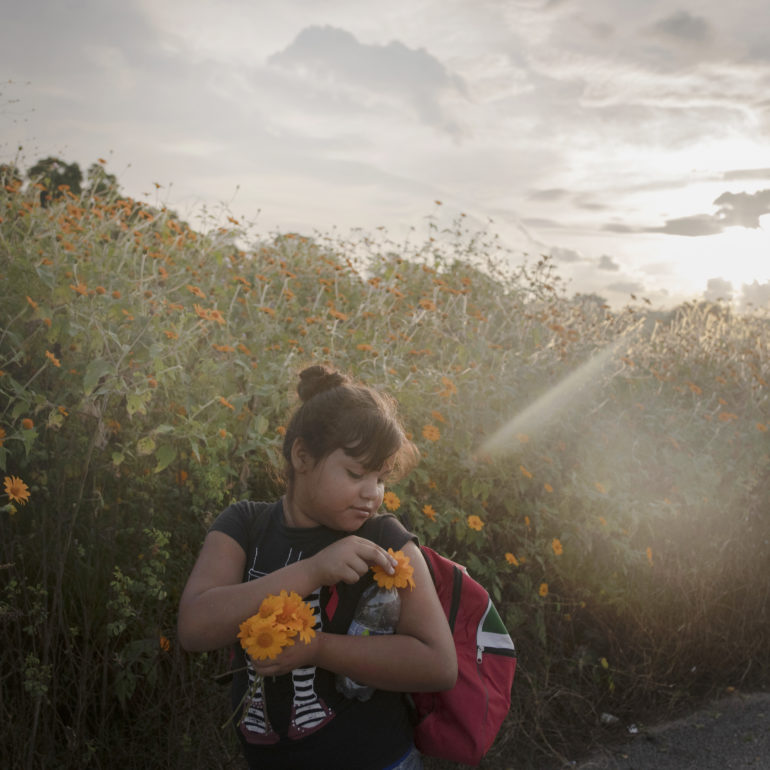
Yemen Crisis
© Lorenzo Tugnoli, Contrasto, for The Washington Post
After nearly four years of conflict in Yemen, at least 8.4 million people are at risk of starvation and 22 million people—75% of the population—are in need of humanitarian assistance, according to the UN. In 2014, Houthi Shia Muslim rebels seized northern areas of the country, forcing the president, Abdrabbuh Mansour Hadi, into exile. The conflict spread, and escalated when Saudi Arabia, in coalition with eight other mostly Sunni Arab states, began air strikes against the Houthis. By 2018, the war had led to what the UN termed the world’s worst man-made humanitarian disaster.
Saudi Arabia said that Iran—a Shia-majority state and their rival regional power—was backing the Houthis with weapons and supplies, a charge Iran denied. The Saudi-led coalition implemented a blockade on Yemen, imposing import restrictions on food, medicines and fuel. Resulting shortages exacerbated the humanitarian crisis.
In many cases, conditions of near-famine were caused not so much by the unavailability of food, but because it became unaffordable, priced out of reach to most Yemenis by import restrictions, soaring transport costs due to fuel scarcity, a collapsing currency and other man-made supply disruptions.
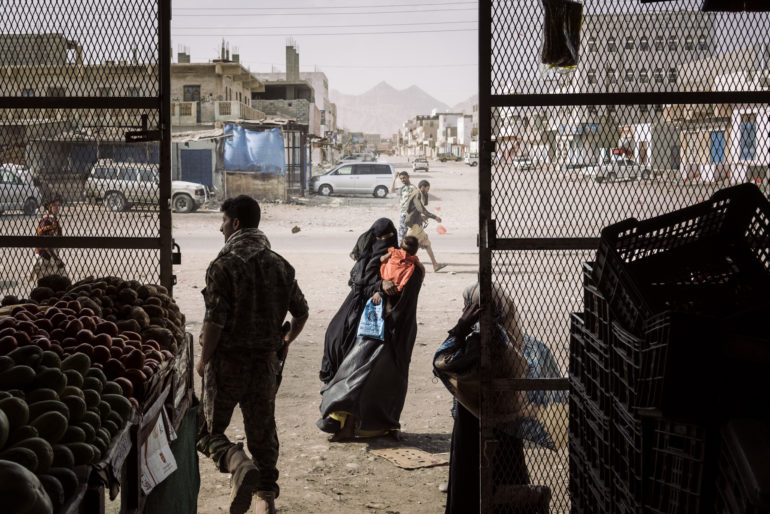
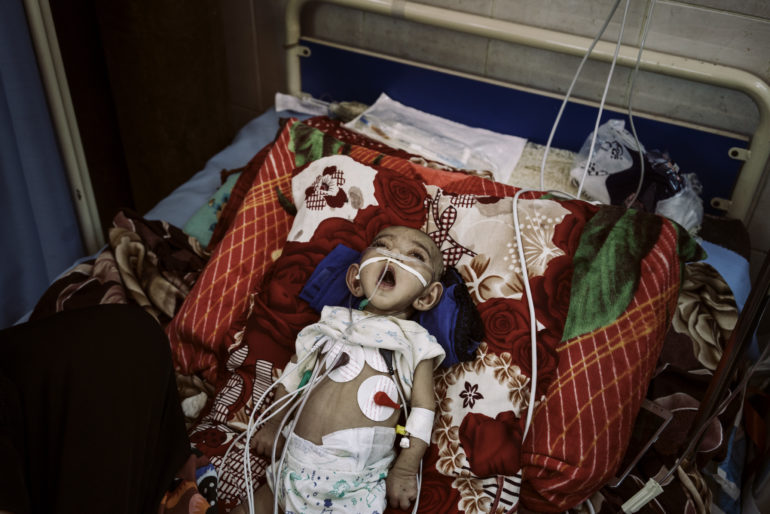
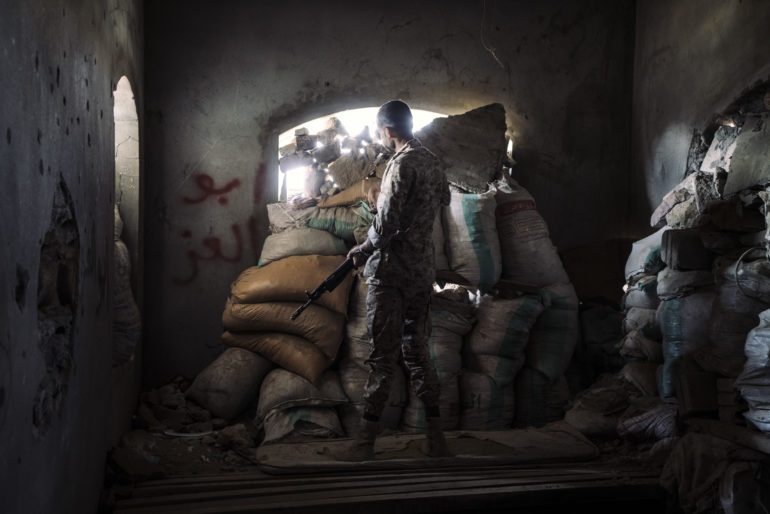
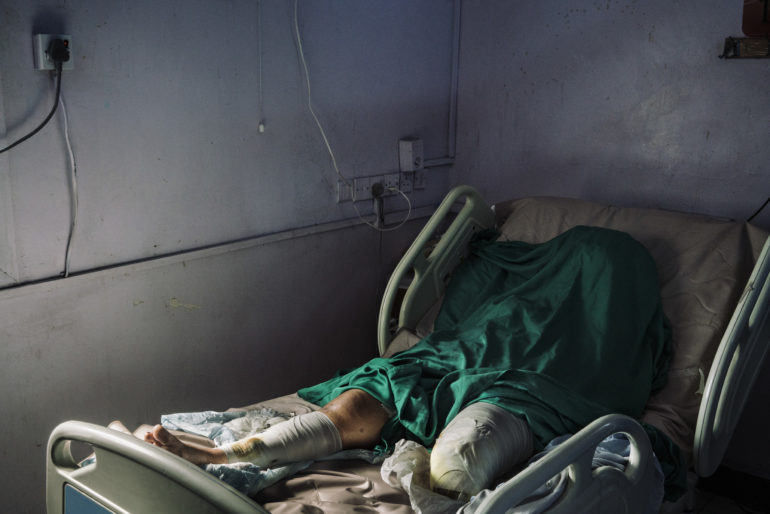
As for the World Press Photo of the Year, the independent jury picked six nominees: Victims of an Alleged Gas Attack Receive Treatment in Eastern Ghouta by Mohammed Badra (Syria), nominated in the “Spot News” category; Almajiri Boy by Marco Gualazzini (Italy), in the ‘Environment’ category; Being Pregnant After FARC Child-Bearing Ban by Catalina Martin-Chico (France/Spain), in the “Contemporary Issues” category; The Disappearance of Jamal Khashoggi by Chris McGrath (Australia), in the “General News” category; Crying Girl on the Border by John Moore (United States), in the “Spot News” category; and Akashinga – the Brave Ones by Brent Stirton (South Africa), in the “Environment” category.
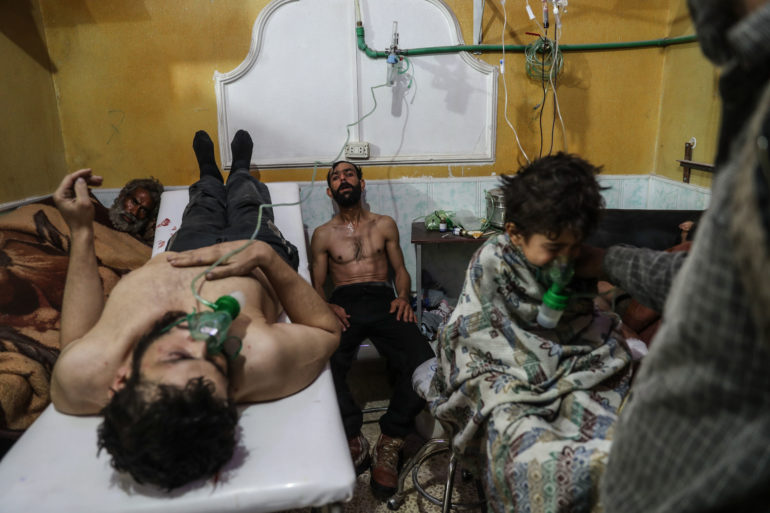
© Mohammed Badra, European Pressphoto Agency

© Marco Gualazzini, Contrasto
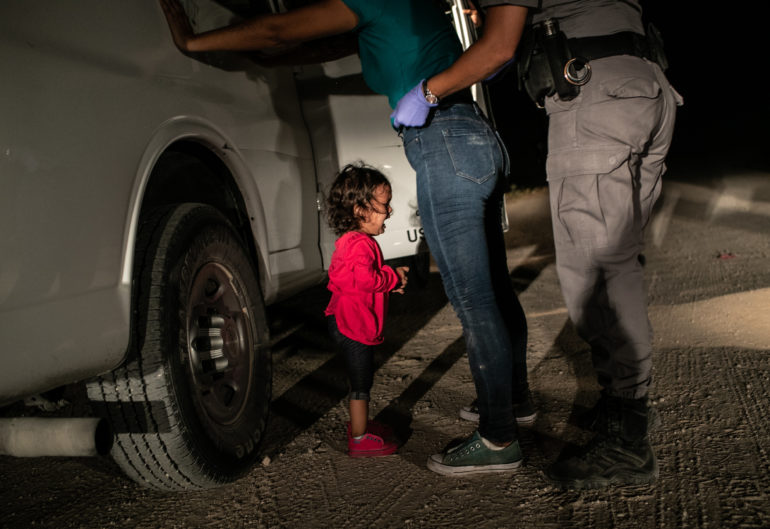
© John Moore, Getty Images
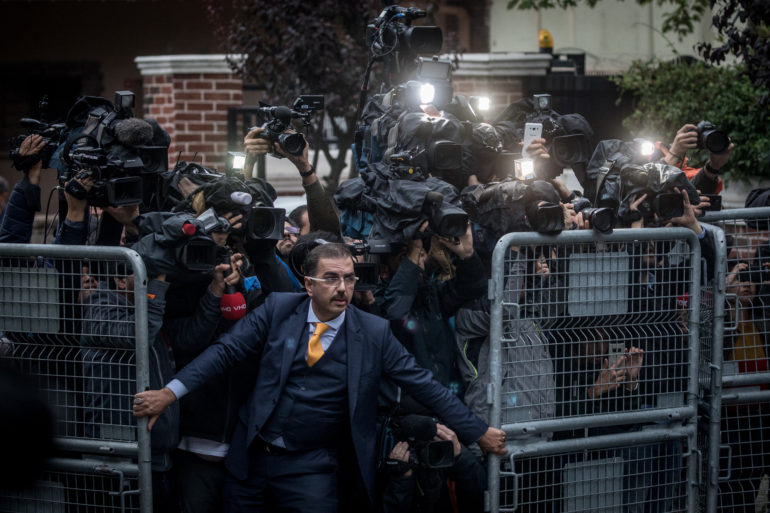
© Chris McGrath, Getty Images
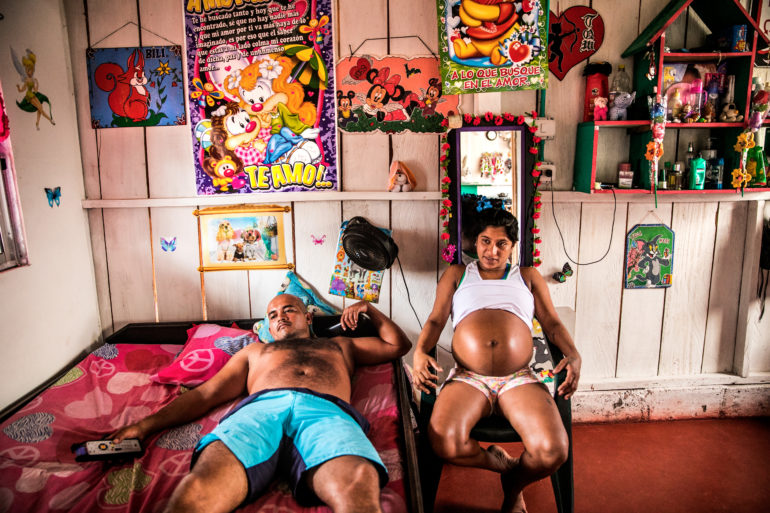
© Catalina Martin-Chico, Panos
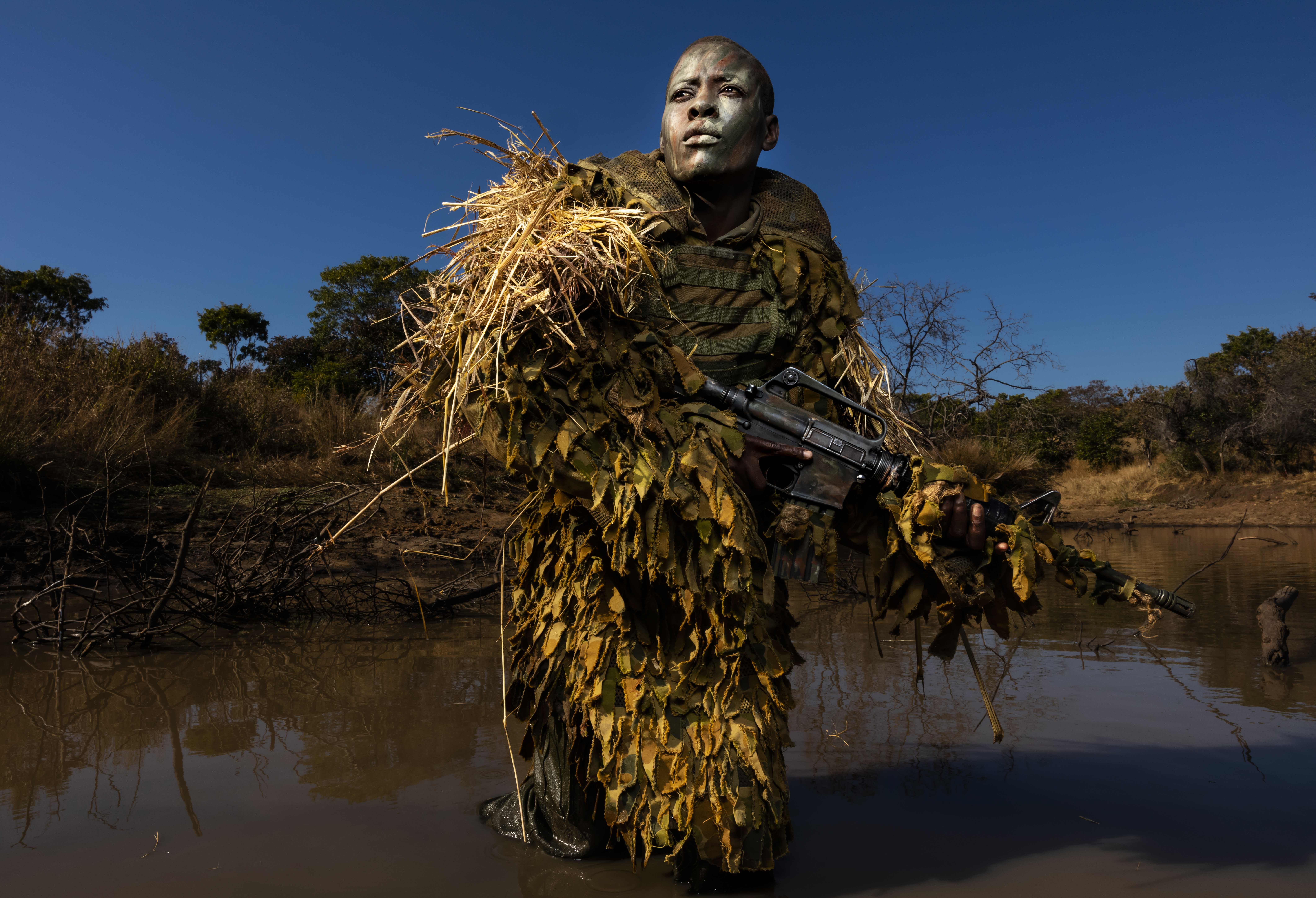
© Brent Stirton, Getty Images
The jury for the 2019 Photo Contest tells us why they chose the nominated photos in the video below:
https://vimeo.com/318158971
The winners of the 2019 Photo Contest will be announced at the Awards Show set to happen in Amsterdam on April 11. They will receive a Golden Eye Award and a diploma, as well as a cash prize of 10,000 Euros. All nominees will be invited to attend both the awarding ceremony and the World Press Photo Festival 2019 slated for April 12-13.
Visit The World Press Photo website to see the complete shortlist for all categories and find out more about the competition.
All photos from World Press Photo


